Sheffield: Memories of Smokedale
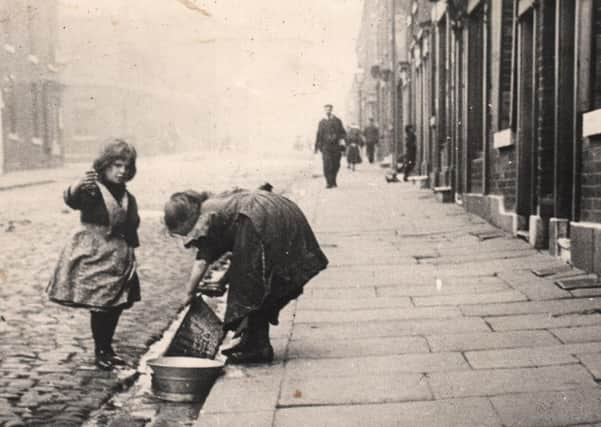

It’s told by Dave Lee – not the Dave Lee who reviews restaurants in this magazine but a contributor to Our Broomhall, a community project that’s a model of its kind. Lee looks back to early-Seventies life in a rather scruffy-looking terrace house in Broomhall, an inner-city Sheffield suburb. It was a hotbed of radical debate and creative interior design.
The residents were preoccupied with anti-Vietnam War demos (“It was always the Trotskyites who tried to run it all”), anarchist conferences in Leeds, York and Hull, the Blue Angels biker gang, and “breaking the patterns of bourgeois society”.
Advertisement
Hide AdAdvertisement
Hide AdThe patterns were certainly broken on the bathroom walls, decorated with black and orange polystyrene tiles “like a Hallowe’en mosaic”. Meals often featured pasta with tomato soup and grated cheese. And “it would be fair to say that much of our social scene floated on a small lake of LSD”. As for sleeping arrangements: “Lifestyle revolution was to be cemented by having a communal bedroom... sleeping four or five people, quite often with bed-guests.” A hotbed indeed.
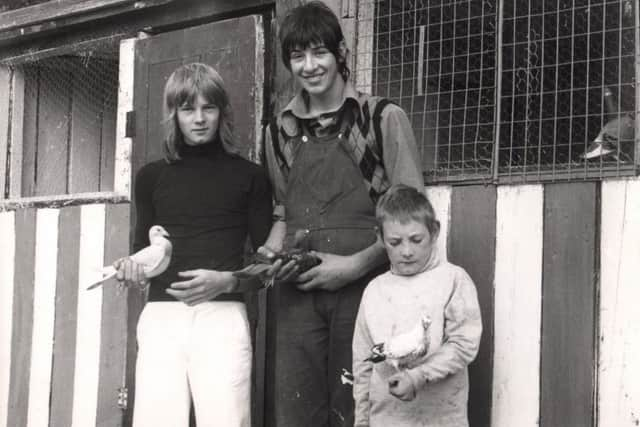

The anarchists are one of the highlights of the website, which paints a vivid picture of Broomhall’s busy, multi-cultural, often bohemian, community on the edge of Sheffield city centre. Long a home to migrants and refugees, it’s not to be confused with neighbouring, more upmarket (and uphill) Broomhill, which John Betjeman famously declared the prettiest suburb in England.
Like Broomhill, Broomhall has its avenues of smart Victorian villas with clinging wisteria and battlemented bay windows that wouldn’t look out of place in Ilkley. But they’re cheek-by-jowl with more utilitarian, more urban terraces, some of which were once at the heart of a red-light area, with kerb-crawling and illegal clubs. Broomhall is now firmly rehabilitating and the project is part of that rehabilitation, helping create a more positive image.
“We wanted to put Broomhall on the map because it’s had a negative reputation in the past,” says Jennie Beard, the project manager. “Some people still imagine it’s an unsafe place, but the people who live here think it’s a very vibrant area. It’s a place people walk through but which doesn’t have much of an identity for them. They’re not sure where it begins and ends, and it’s not even on some modern maps. We call it ‘the passing place’.”
Advertisement
Hide AdAdvertisement
Hide AdThat’s partly the fault of an inner ring road which slices it in half and isolates one its most characterful backwaters, the late-Georgian Hanover Square. Actually it’s more of a rectangle than a square, a cobbled circuit around what was once a leafy central green. The trees are still there, their trunks covered in ivy, but the green has devolved into a car park and 1960s flats loom behind it.
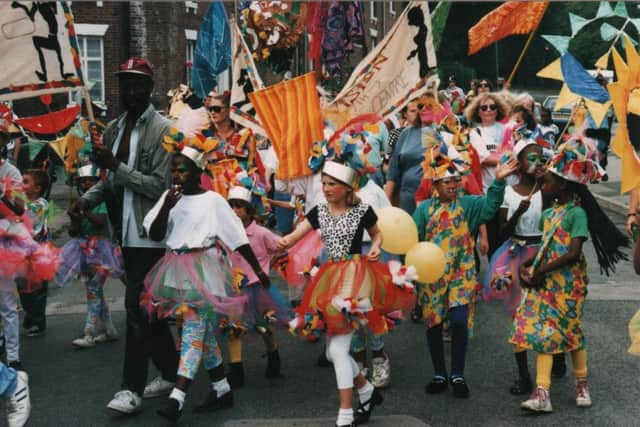

Just up the road is the Broomhall Centre, an Edwardian church hall where Our Broomhall has been based. Backed by a £94,000 Heritage Lottery grant, the two-year project has taken in film, archive research and oral history interviews. It has built up an archive of 5,000 photographs (some salvaged from skips) and around 1,000 people have been involved.
“We wanted to capture the area’s diverse history,” says Jennie, a Sheffield University graduate and former Broomhall community worker. “It’s been magical bringing people in the community together and meeting people from different cultures.”
There are plenty of cultures. Broomhall’s diversity is reflected at one of its primary schools, where English is the second language for all 30 pupils in one largely Arabic-speaking class. Their backgrounds include Yemen, Libya, Egypt, Somalia and Holland.
Advertisement
Hide AdAdvertisement
Hide Ad“Broomhall was my first taste of Britain,” says volunteer Niv Chhabria, originally from India. “I felt at home at once.”
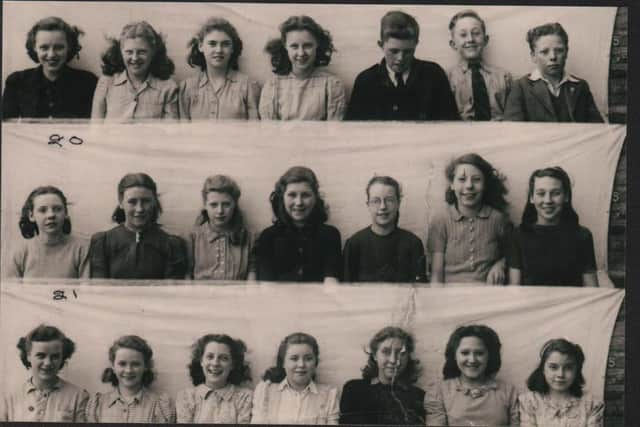

Fellow volunteer and community activist Mike Fitter has lived in the area since the 1970s and campaigned against its planned demolition. “There’s more optimism, more pride, in Broomhall now,” he says when we meet at the centre. Across the table, filmmaker Claire Watkinson reckons community is the key. “Everybody knows each other; it’s like Coronation Street, but in a nice way.”
Click back on the website. It opens with a 1970s photograph of Dr Alan Billings, then a Broomhall vicar, gazing soulfully at a pair of candlesticks. Billings later became Sheffield’s deputy council leader and one of the few listenable contributors to Radio Four’s Thought for the Day. He is now South Yorkshire’s Police and Crime Commissioner, as poisoned a chalice as any former vicar is likely to handle.
Click a bit more. There are plenty of memories of the May Queens of the 1950s and the adventure playground of the 1970s, of the Viners cutlery factory and Doreen Moore’s School of Dancing and the Indian Silky Toffee Man, a turban-wearing sweets salesman. And there’s plenty about the celebrated Broomhall Carnivals.
Advertisement
Hide AdAdvertisement
Hide AdThe nostalgia quotient is pretty high, but the website doesn’t shrink from discussing Broomhall Flats, a now-demolished Seventies council estate. This Lego-like labyrinth has always divided opinion. Some residents loved it as a warm, close community; more loathed it for its sunless concrete walkways. It was the legacy of a council slum-demolition policy discussed in New Towns for Old, a short 1942 Ministry of Information film with a script by Dylan Thomas. Posted on the website by the Yorkshire Film Archive, it shows two men – one a local, the other very much not – surveying smoggy industrial Sheffield.
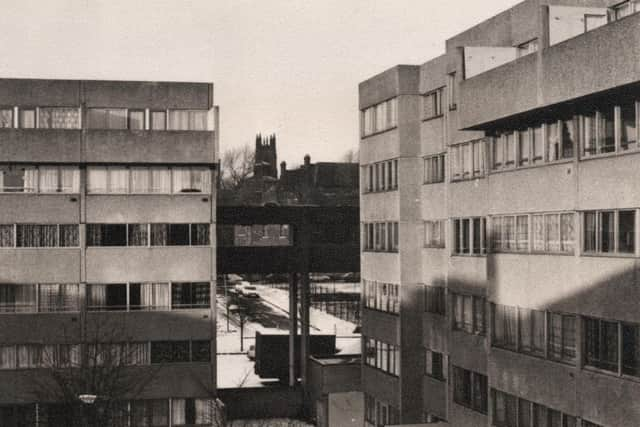

“So this is Smokedale,” says the crisply spoken non-Sheffielder in his bowler hat, rolled umbrella in hand. His trilby-wearing, pipe-smoking friend nods. “Kids shouldn’t have to grow up in soot and muck,” he says. “It isn’t reight.” To make it reighter, Utopian estates were being built. “We’ve kept t’Green Belt,” says Trilby.
The project’s photo archive is like a giant family album, but too urban-gritty to be merely wistful. Here are a dozen of the competitors in the 1931 Broomhall Tavern Boxing Day Walk, arms folded to show they mean business. The crowd of spectators behind them is a bobbing sea of flat caps.
Here, again probably in the Thirties, is Edward Wild’s butcher’s shop, with its shanks of meat hung like frocks in a wardrobe. “Veal... Veal... Large supplies for Saturday,” says the sign, throwing an unexpected light on working class diet.
Advertisement
Hide AdAdvertisement
Hide AdHere is Sanger’s Circus Parade, with seven horses pulling a wagon loaded with what looks like an Indian temple; and Springfield School class photographs from 1947, with young Joan, Maureen, Iris and Norma, and Dennis, Brian, Ken and Ron lined up like University Challenge teams.
There’s the 1948 Sheffield Schools Swimming Association certificate awarded to Pat Higgins when she won the Junior Squadron Team Race. The swimmer on the certificate has the grace of a descending dove. And there’s a photograph of firefighters after the 1940 Blitz, silhouetted against the raging flames.
What there isn’t, unfortunately, is a proper set of pictures of the anarchist commune, which an unanarchist gang decided to wreck. Dave Lee found the place “thoroughly smashed up... someone had taken an axe to the gas cooker”.
But then, someone did much the same to Trotsky.
www.ourbroomhall.org.uk